Ancient news stories

New date of 58 million years undercuts idea that strike triggered recent 1000-year plunge in temperatures.

Scientists discovered traces of carbon—the element on which life on Earth is based—that appear to have come from the Cambrian Explosion.
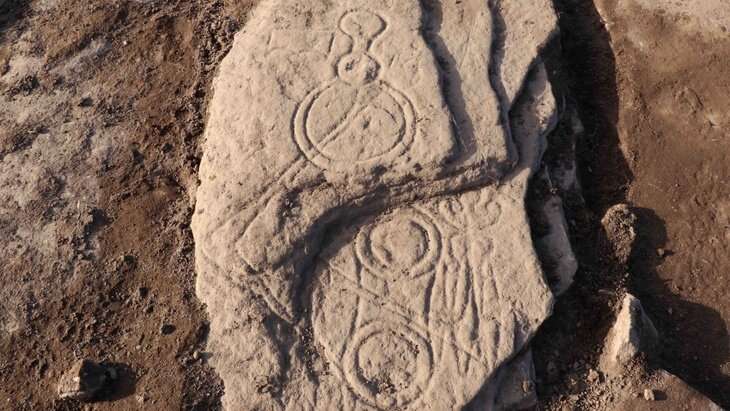
Archaeologists have uncovered a Pictish symbol stone close to the location of one of the most significant carved stone monuments ever uncovered in Scotland.
The Venus of Willendorf, one of the world’s oldest pieces of artwork, was made of rock mined in Italy, more than 600 kilometres from her final resting place in Austria, according to new research.
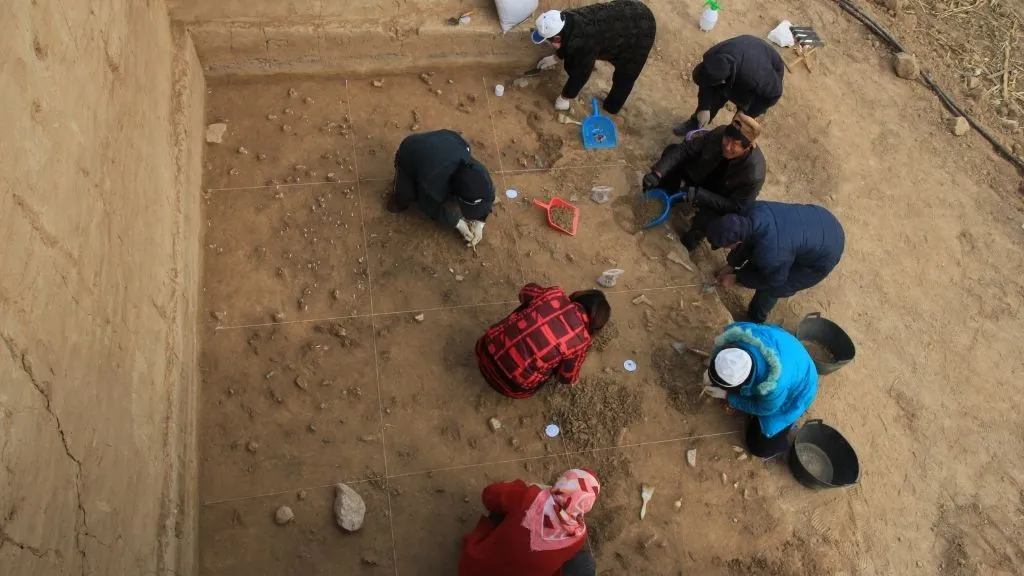
Scientists discovered remnants of an Old Stone Age culture, less than 100 miles (160 kilometers) west of Beijing, where ancient hominins used a reddish pigment called ochre and crafted tiny, blade-like tools from stone. The archaeological site, called Xiamabei, offers a rare glimpse into the life of Homo sapiens and now-extinct human relatives who inhabited the region some 40,000 years ago.
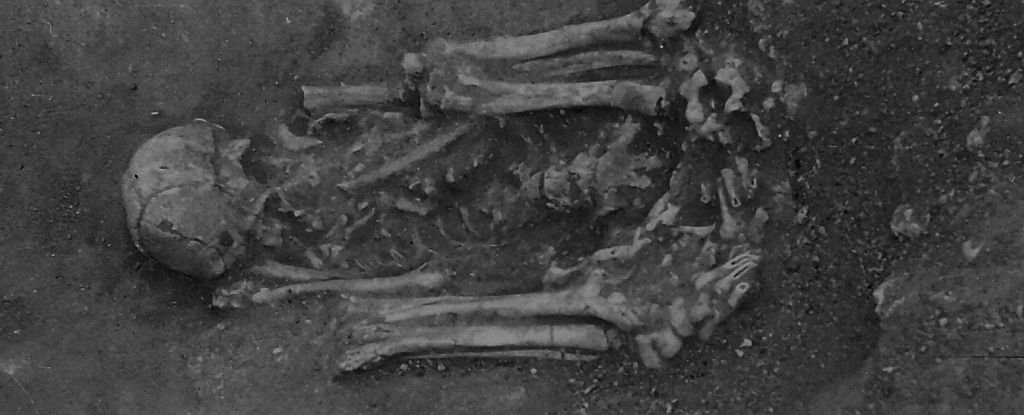
Archaeologists may have just uncovered evidence for the oldest known practice of mummification. Human remains interred 8,000 years ago in the Sado Valley in Portugal, during the Mesolithic, appear to have been deliberately treated for mummification prior to burial.
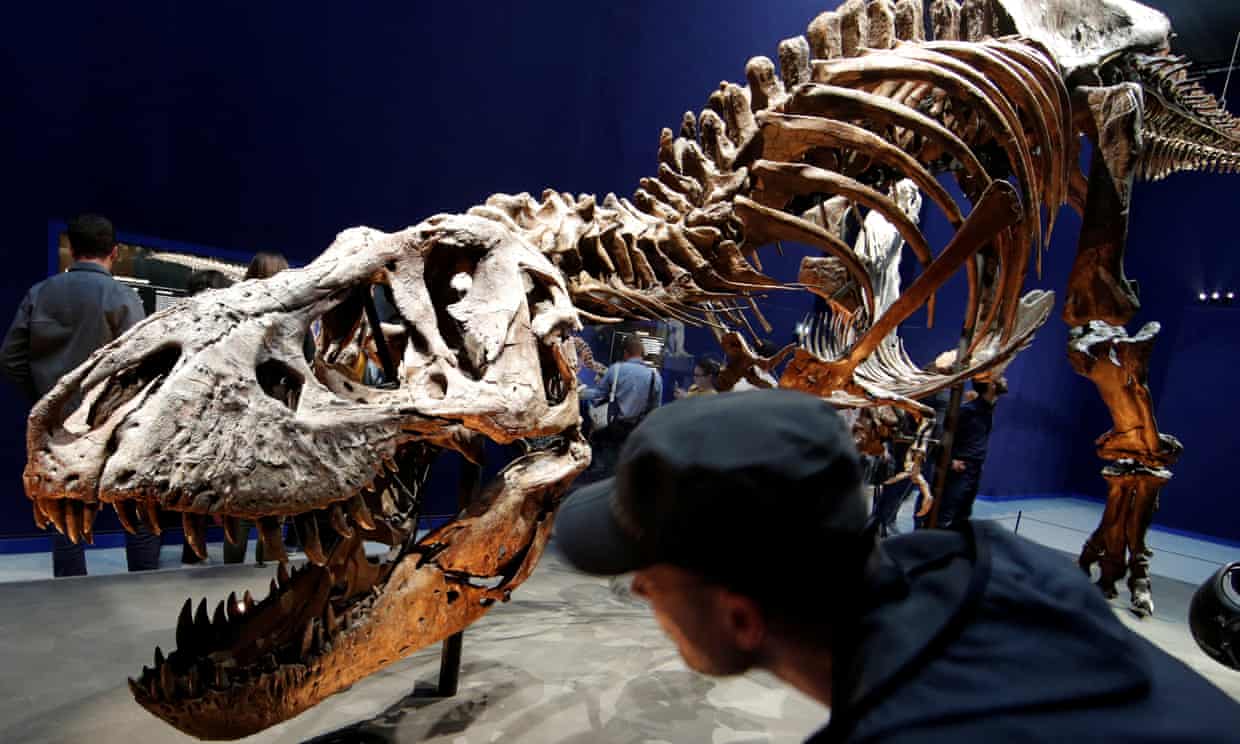
With its immense size, dagger-like teeth and sharp claws, Tyrannosaurus rex was a fearsome predator that once terrorised North America. Now researchers studying its fossils have suggested the beast may not have been the only tyrannosaurus species
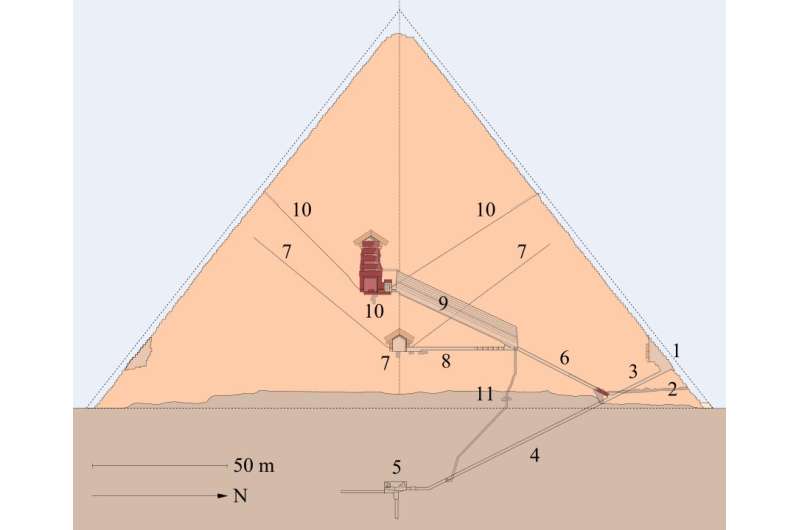
A team of scientists will use advances in High Energy Physics (HIP) to scan the Great Pyramid of Khufu at Giza with cosmic-ray muons. They want to see deeper into the Great Pyramid than ever before and map its internal structure.
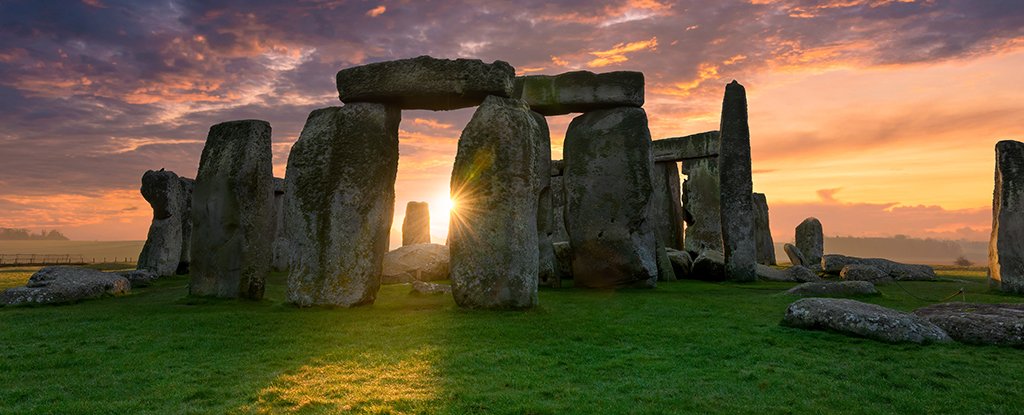
A new study explains how Stonehenge may have originally been used to keep track of a solar year (aka tropical year) of 365 and a quarter days, which has long been suggested by researchers but never fully understood.
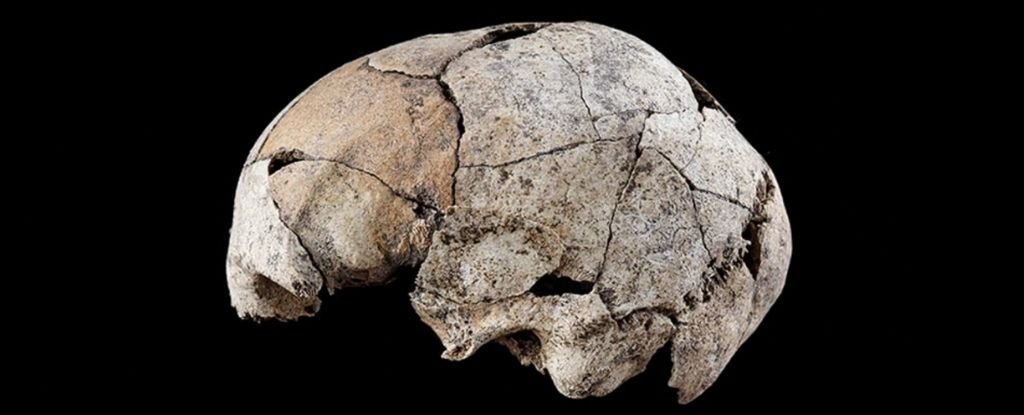
An ancient skull uncovered at a 6,000-year-old megalithic monument in Spain still holds signs of what would have been a brutal ear surgery.
Researchers have created the largest-ever family tree – a genealogical network of human genetic diversity – that is a major step towards mapping the genetic relationships between all humans.

Archaeologists believe they may have found evidence of a 4,000-year-old prehistoric burial mound during the construction of new student flats.
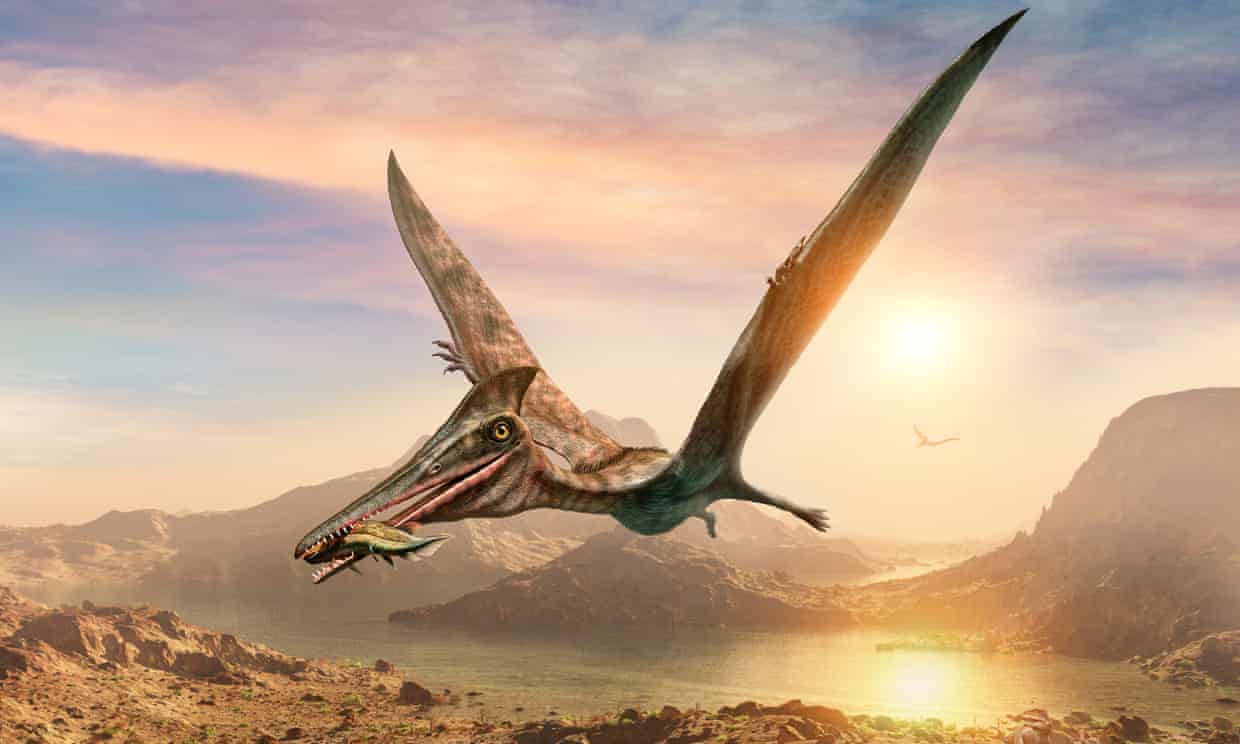
It might be best known today for its otters and puffins but 170m years ago the Isle of Skye was home to an enormous flying reptile with a wingspan bigger than a kingsize bed, researchers have revealed.
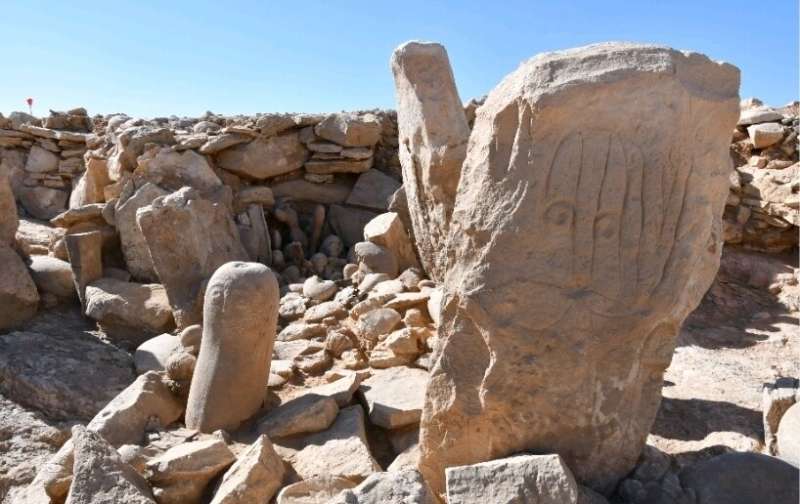
A team of Jordanian and French archaeologists said Tuesday that it had found a roughly 9,000-year-old shrine at a remote Neolithic site in Jordan’s eastern desert.
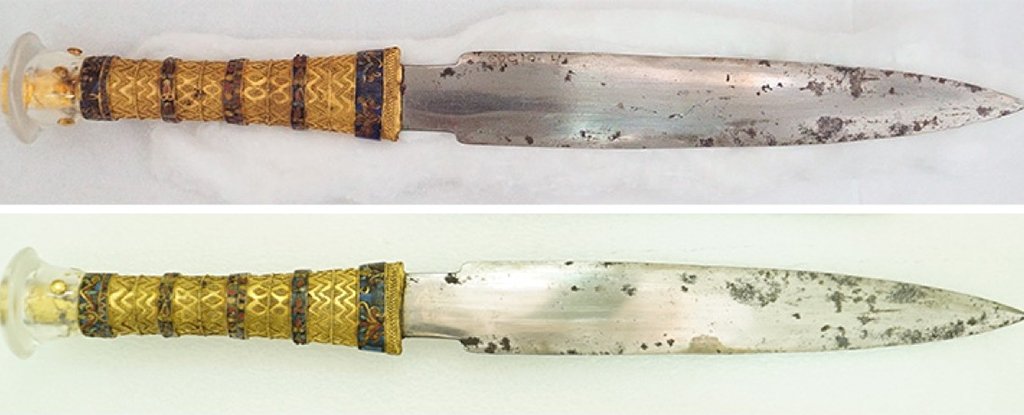
You may already know the legend of King Tutankhamen’s space dagger – an iron weapon forged from the rock of meteorites, and entombed with the ancient Egyptian pharaoh. Now a new study has revealed more details about this most fascinating and mysterious of artifacts
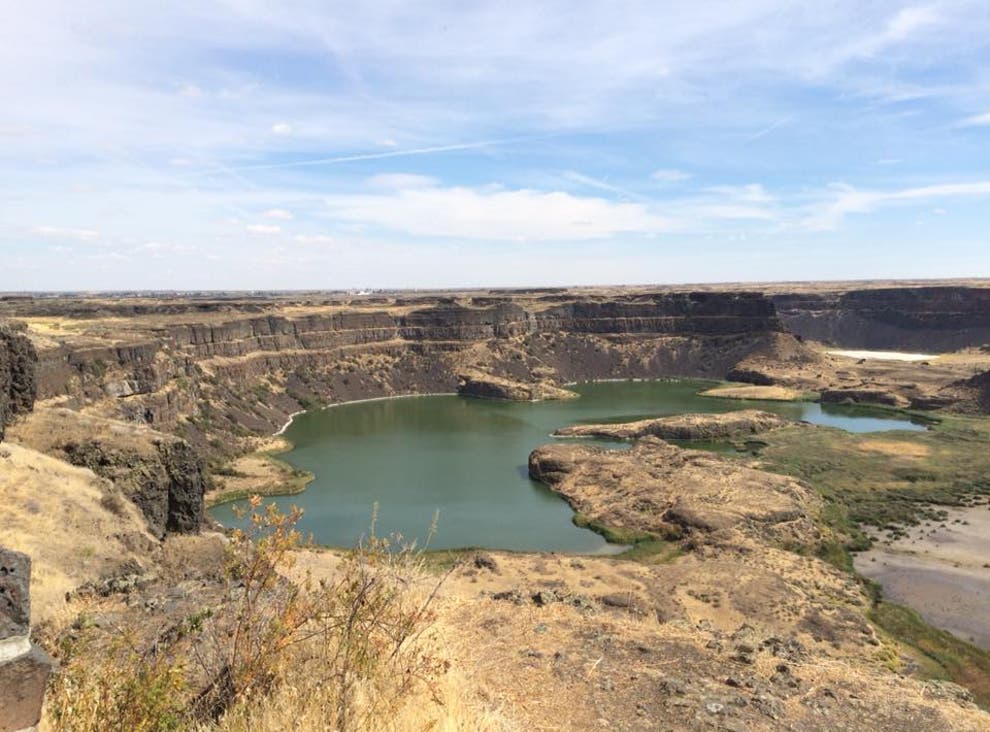
Retreating ice at the end of the last ice age created bewildering landscape of gulleys, plateaus and dry waterfalls which have long puzzled geologists studying their formation








